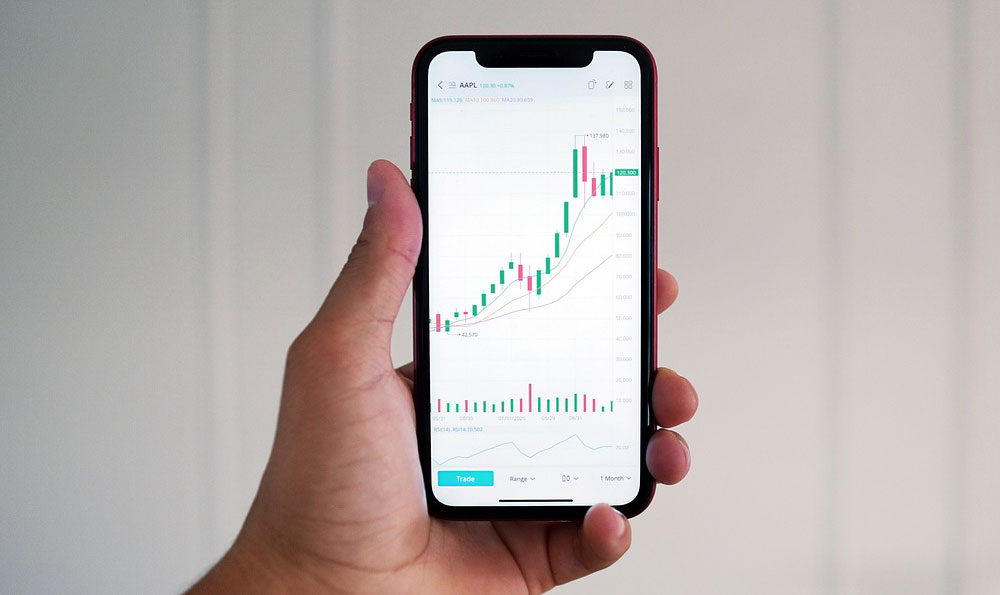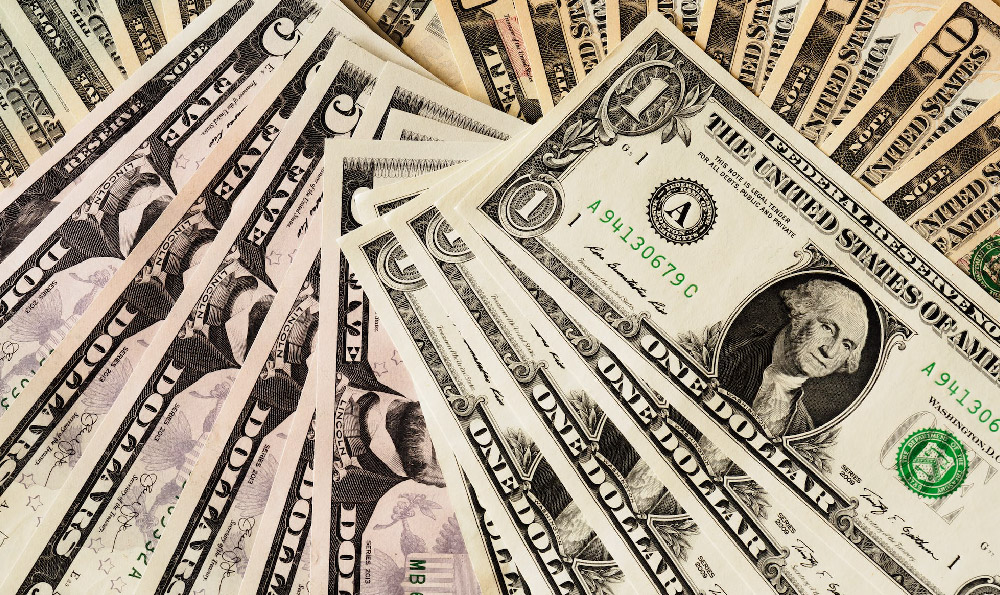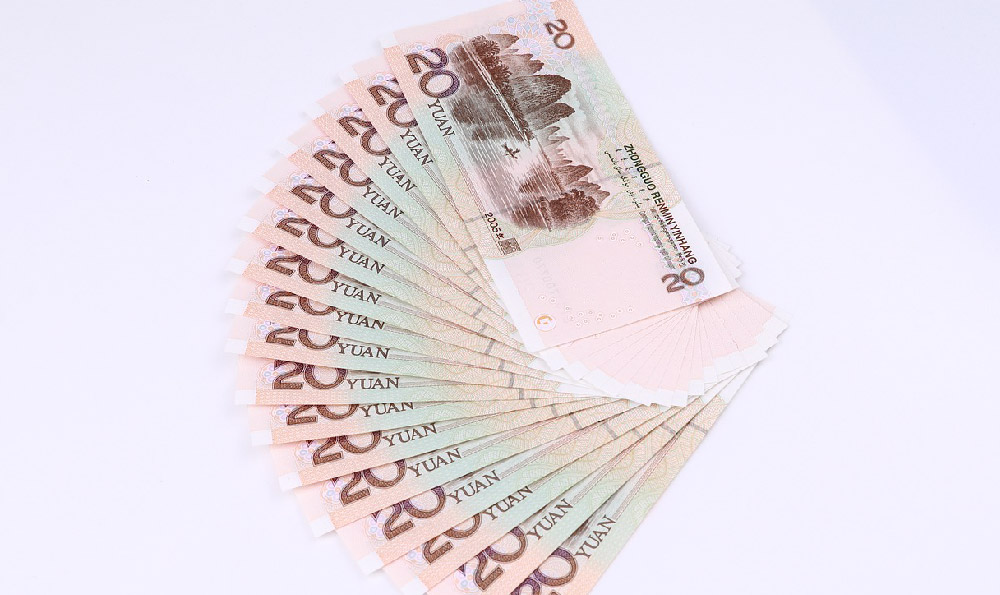F. Scott Fitzgerald's "The Great Gatsby" is a glittering tapestry woven with threads of extravagance, longing, and moral ambiguity. At its heart lies the enigmatic Jay Gatsby, a self-made millionaire whose lavish parties are the stuff of legend. One of the most enduring questions surrounding Gatsby is how he acquired his immense fortune, and whether his methods were entirely legitimate. While the novel deliberately obscures the precise details, piecing together the available information reveals a complex and potentially illicit financial history.
The narrative offers several clues regarding the origins of Gatsby's wealth. Initially, Gatsby claims to have inherited his fortune, a story he presents with an air of practiced nonchalance. He attributes his wealth to "old money," inherited from his family who, he states, were wealthy Midwesterners. However, this assertion quickly crumbles under scrutiny. Nick Carraway, the narrator, observes inconsistencies in Gatsby's account and notes his unease when pressed for details. Furthermore, Gatsby's brief attendance at Oxford University, a supposed hallmark of his privileged upbringing, is revealed to be a consequence of a military program following the war, rather than a traditional academic pursuit. These inconsistencies cast serious doubt on his claim of inherited wealth.
The more credible, albeit shadowy, explanation for Gatsby's fortune is provided by his association with Meyer Wolfsheim, a notorious gambler and underworld figure. Wolfsheim is described as the man who "fixed the World's Series in 1919," implicating him in organized crime and suggesting a willingness to engage in illegal activities for financial gain. Gatsby's connection to Wolfsheim strongly implies that his wealth is derived from illicit ventures orchestrated by Wolfsheim's criminal enterprise.

Several specific activities are hinted at as potential sources of Gatsby's income. One possibility is bootlegging, the illegal production and distribution of alcohol during the Prohibition era. The 1920s, the setting of the novel, were a time of widespread flouting of Prohibition laws, and bootlegging became a lucrative, albeit dangerous, business. Gatsby's ownership of drugstores, seemingly legitimate businesses, is mentioned. However, Nick notes that these drugstores were also known to sell illegal alcohol over the counter, a practice known as "pharmacy rackets." This suggests that Gatsby's drugstores were fronts for bootlegging operations, providing a cover for the illegal sale of alcohol and a means of laundering money.
Another potential source of Gatsby's wealth, also linked to Wolfsheim, is involvement in illegal bond trading. Wolfsheim's expertise in fixing sporting events implies a broader understanding of manipulating financial markets. Gatsby's association with him suggests that he may have participated in schemes involving the trading of fraudulent or stolen bonds, generating substantial profits through illegal means. This interpretation aligns with the era's rampant financial speculation and the willingness of some individuals to engage in unethical and illegal practices to amass wealth.
The question of whether Gatsby's wealth was "above board" is definitively answered in the negative. While the novel does not provide explicit, detailed accounts of his illegal activities, the evidence strongly suggests that his fortune was built on a foundation of criminal enterprise. His association with Meyer Wolfsheim, the implication of bootlegging and illegal bond trading, and the inconsistencies in his own account all point to a wealth accumulation process that was far from legitimate.
Fitzgerald deliberately leaves some ambiguity surrounding the precise nature of Gatsby's illicit activities. This ambiguity serves several purposes. Firstly, it allows Fitzgerald to explore the themes of illusion and deception that are central to the novel. Gatsby's entire persona is built on a carefully constructed façade, and the uncertainty surrounding his wealth contributes to this image of artificiality. Secondly, the ambiguity reflects the moral ambiguity of the Roaring Twenties, a time of unprecedented economic prosperity but also of widespread corruption and moral decay. Fitzgerald critiques the superficiality and the obsession with wealth that characterized this era, suggesting that the pursuit of the American Dream can lead individuals to compromise their values and engage in unethical behavior.
Ultimately, Gatsby's wealth, regardless of its origins, becomes a symbol of his yearning for the past and his desire to recreate a lost love. He believes that with enough money, he can win back Daisy Buchanan and erase the five years that have separated them. However, his reliance on ill-gotten gains underscores the hollowness of his dream. His wealth, acquired through questionable means, cannot buy him genuine happiness or true acceptance into the world of the wealthy elite. In fact, it ultimately contributes to his downfall, making him a target for those who seek to exploit him or expose his past.
In conclusion, Gatsby's wealth was likely amassed through a combination of bootlegging, illegal bond trading, and other criminal activities orchestrated with the help of Meyer Wolfsheim. His wealth was not "above board," but rather a product of the moral compromises and illicit opportunities that characterized the Roaring Twenties. While Gatsby sought to use his wealth to achieve his dream of reuniting with Daisy, his reliance on ill-gotten gains ultimately proved to be a fatal flaw, highlighting the corrupting influence of wealth and the futility of trying to recapture the past. The story of Gatsby's wealth serves as a cautionary tale about the pursuit of the American Dream and the ethical boundaries that should not be crossed in the pursuit of success.












